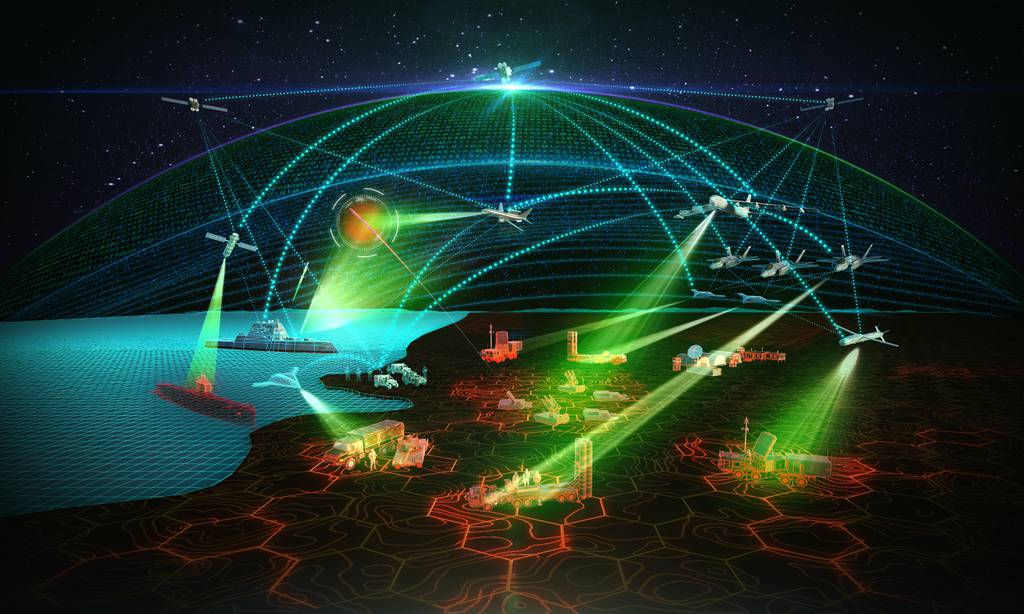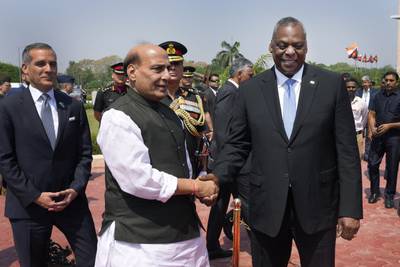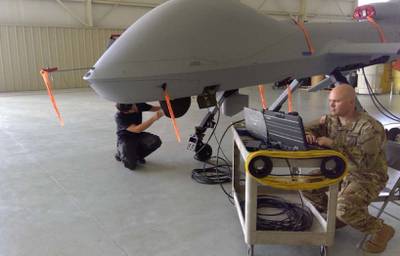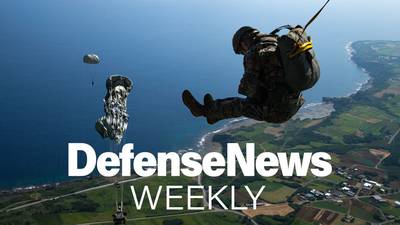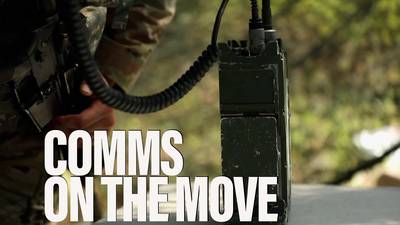WASHINGTON — Raytheon Technologies, the world’s second largest defense contractor by revenue, is reorganizing Collins Aerospace, giving its subsidiary a greater volume of work related to Joint All-Domain Command and Control.
The shuffle, effective July 1, will shift 4,700 positions and $2.7 billion in business to Collins, which will also continue its commercial aviation programs. Leadership at Collins is not expected to change.
The company will absorb from Raytheon’s intelligence and space and missiles and defense divisions work supporting autonomous systems, command and control, networking and connectivity, protected communications and battle management. The move was previously teased in a fiscal 2023 first-quarter earnings call.
Collins President Steve Timm told C4ISRNET the realignment will take better advantage of the company’s existing “commercial and military expertise” to expand on and develop new technologies that will aid the realization of JADC2, a multibillion-dollar Pentagon affair.
“The integration of these capabilities can be challenging,” Timm said, “and our new structure brings together the best talent we have into one organization to focus on providing solutions for our customers at speed.”
The Defense Department is pursuing JADC2 as a means to understand and react faster on battlefields of tomorrow. By linking forces and databases across land, air, sea, space and cyber, defense officials hope to outwit, outmaneuver and outshoot technologically advanced adversaries such as China and Russia.
RELATED
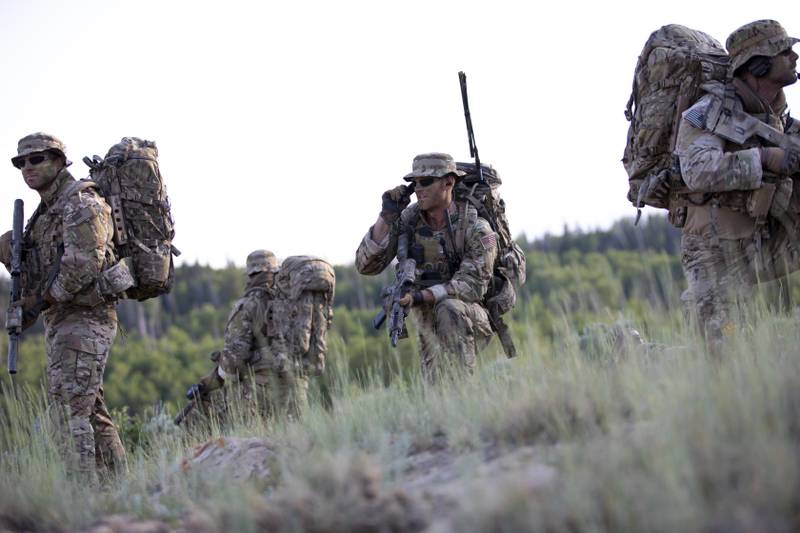
The Army, Air Force and Navy are each pitching in on JADC2. The Army is doing it through Project Convergence. The Air Force has its Advanced Battle Management System. And the Navy is chipping away at Project Overmatch.
Raytheon in September was named to the Air Force’s ABMS Digital Infrastructure Consortium alongside four other defense industry heavyweights. Together, they will collaborate on secure processing, resilient communications, open-ended designs and other digital challenges inherent to the service’s next-generation command and control methods.
Timm anticipates the realignment will streamline how business is done across the Raytheon ecosystem, which also includes engine specialist Pratt & Whitney. That company will generally go unchanged.
“The official shift is July 1 of this year, but our technology and people synergies have been operational for much longer,” Timm said. “Similar to our customers’ need to seamlessly connect, our teams must do that, as well, to bring support to the edge with efficiency.”
Raytheon both this year and last pieced together products from its various divisions and put them to the test at Valiant Shield and Northern Edge. The exercises are dedicated to figuring out inter-service and inter-military cooperation.
Collins last year won an Army contract worth as much as $583 million to produce MAPS GEN II, the latest version of a technology that provides soldiers jam-resistant navigation capabilities aboard armored vehicles. The indefinite delivery, indefinite quantity arrangement was expected to run for five years.
Colin Demarest is a reporter at C4ISRNET, where he covers military networks, cyber and IT. Colin previously covered the Department of Energy and its National Nuclear Security Administration — namely Cold War cleanup and nuclear weapons development — for a daily newspaper in South Carolina. Colin is also an award-winning photographer.
